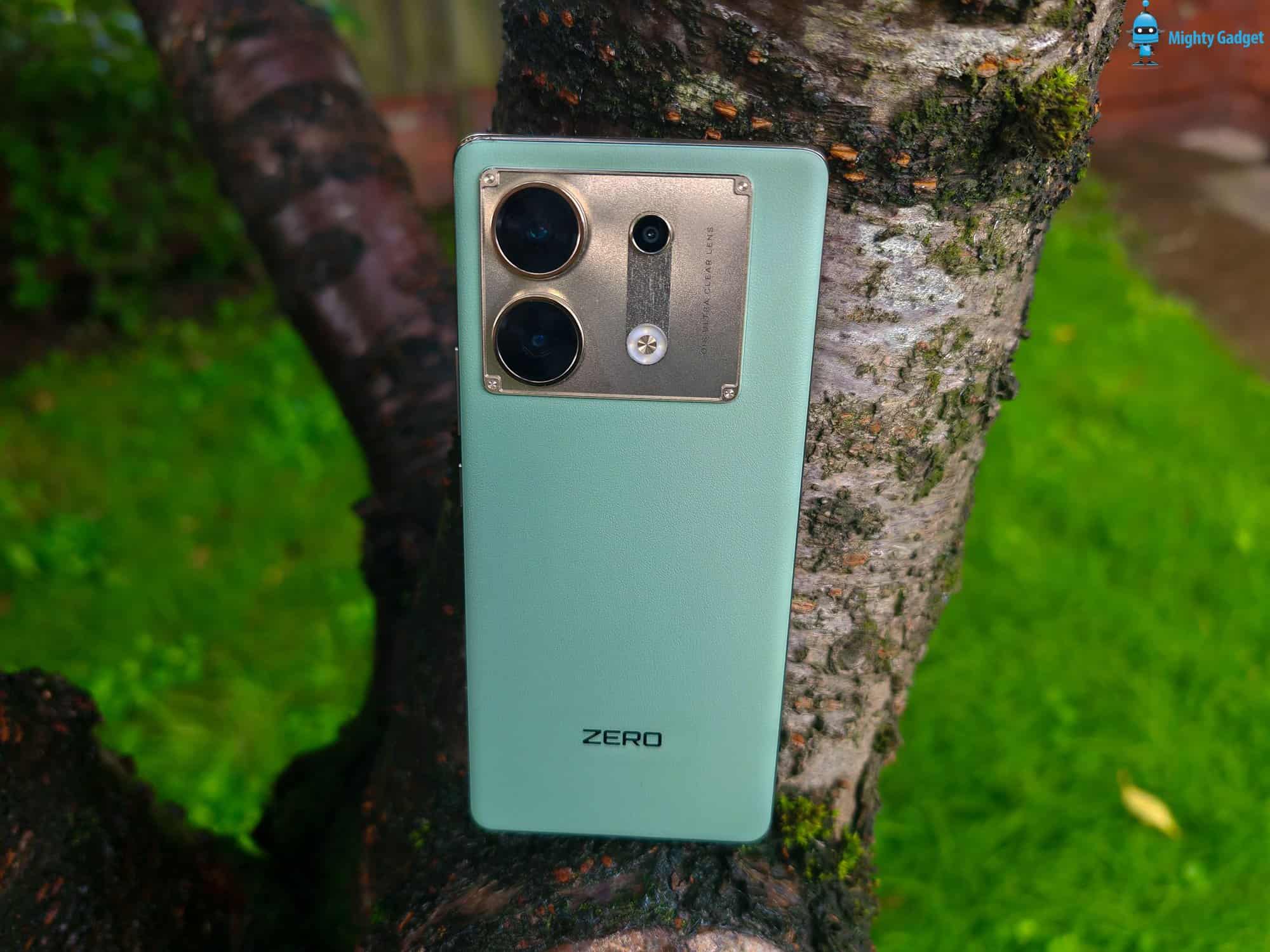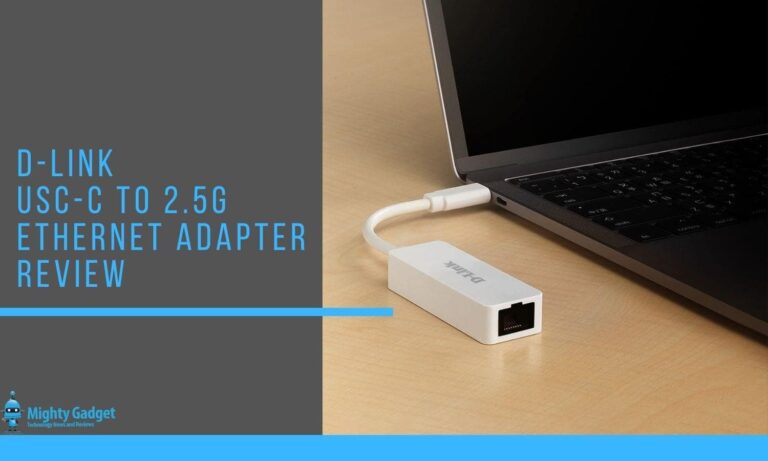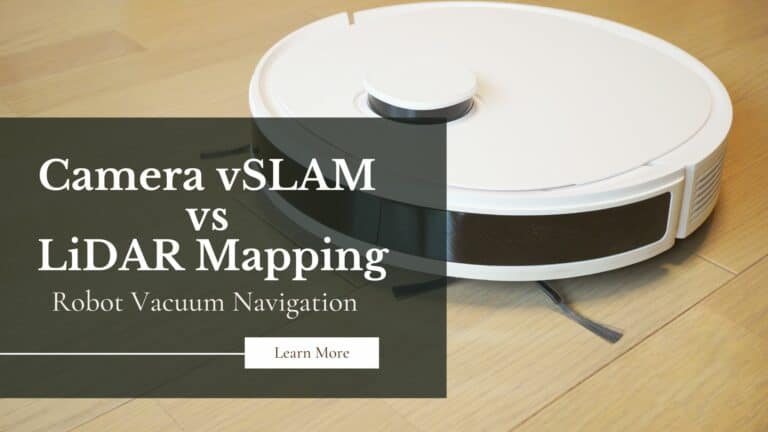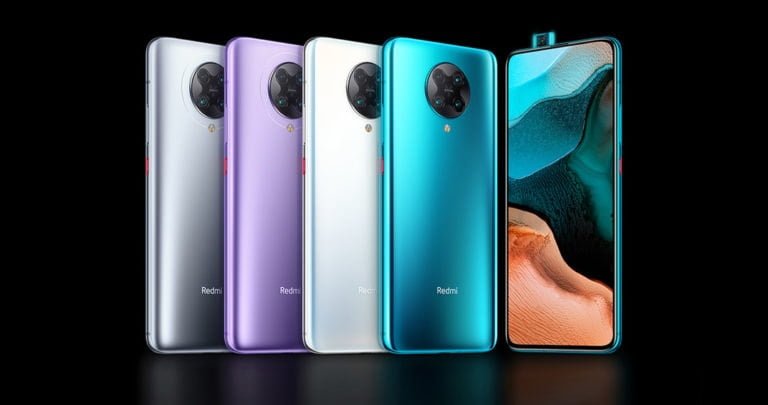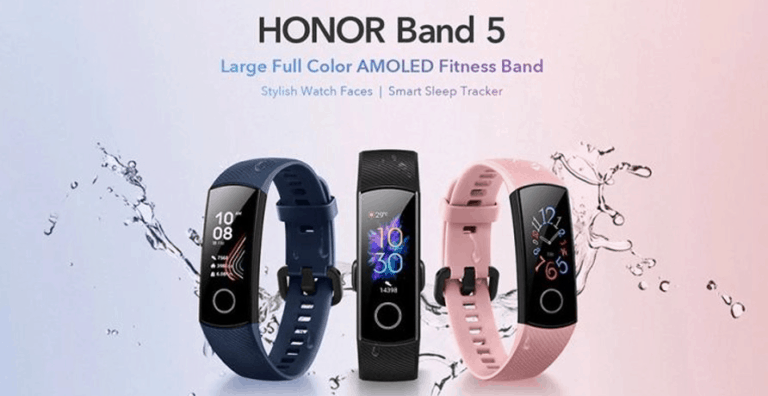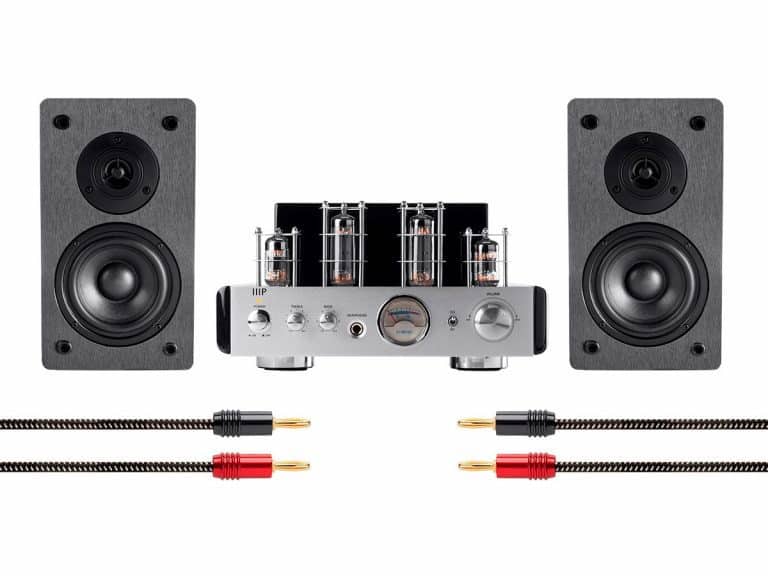Any links to online stores should be assumed to be affiliates. The company or PR agency provides all or most review samples. They have no control over my content, and I provide my honest opinion.
Today, Infinix has announced its latest phone, the Zero 30, which they are touting as a flagship killer with a focus on vlogging.
This follows a quick succession of launches in recent months, including the Infinix GT 10 Pro, Note 30 VIP and Note 30.
Last year, I reviewed the Infinix Zero 20 and the Zero Ultra. There is no word on the new Ultra model yet, and the Zero 30 appears to be its successor, as the Zero 20 was more on the low-end side of things, whereas this is much closer to the Ultra.
Infinix Zero 30 vs Zero Ultra Specification
| Infinix | Zero 30 5G | Zero Ultra |
|---|---|---|
| Model Number | X6731 | X6820 |
| Display | 6.78 inches 1080 x 2400 pixels, 20:9 ratio (~388 ppi density) 92.7% screen to body ratio AMOLED, 1B colors, 144Hz, HDR10, 950 nits (peak) | 6.8 inches, 111.6 cm2 (~90.5% screen-to-body ratio) AMOLED, 120Hz, 900 nits (HBM) 1080 x 2400 pixels, 20:9 ratio (~387 ppi density) |
| Chipset | MediaTek Dimensity 8020 Octa-core (4x2.6 GHz Cortex-A78 & 4x2.0 GHz Cortex-A55) Arm Mali-G77 MC9 | Mediatek Dimensity 920 (6 nm) Octa-core (2x2.5 GHz Cortex-A78 & 6x2.0 GHz Cortex-A55) Mali-G68 MC4 |
| RAM | 12GB/8GB LPDDR4X | 8GB RAM |
| Storage | 256GB UFS 3.1 microSDXC | 256GB microSDXC (dedicated slot) |
| OS | Android 13,XOS 12 | Android 12, XOS 12 |
| Multimedia | DTS, Hi-RES, WIDVINE L1+ | |
| Rear Camera | 108MP Samsung ISOCELL HM6,1/1.67",1G+ 5P lens, F1.65,OIS,PDAF 13MP 2MP Front: | 200 MP, Samsung ISOCELL HP1 f/2.0, (wide), 1/1.22", 0.64µm, Dual Pixel PDAF, OIS 13 MP, f/2.4, (ultrawide), AF 2 MP |
| Front Camera | 50MP Samsung ISOCELL JN1,1/2.76", 5P lens,F2.45,PDAF | 32 MP, f/2.0, (wide) |
| Camera Features | Film, Video, Ai Cam, Portrait,super Night, Ar Shot,Short Video,Pro,Slow Motion, Dual Video,Panorama,Super Macro, Documents,Time-lapse,Sky Shop 4k 60fps/4k 30fps/1080p 60fps/1080p 30fps/720p 30fps | |
| Sound | Dual Speaker Audio with Hi-Res & DTS | |
| Connectivity | Wi-Fi 6 (a/b/g/n/ac/ax) GPS FM NFC | Wi-Fi 6 (a/b/g/n/ac/ax) GPS FM NFC |
| Mobile Data | 4G: FDD : B1|2|3|4|5|7|8|12|20|28|66 TDD : 38|40|41 5G: sub6 FDD : n1|n3|n5|n7|n8|n12|n20|n28|n66 sub6 TDD : n38|n40|n41|n77|n78 | |
| Battery | 5000mAh(typ) | 4500 mAh |
| Charging | 68W, 11V/6.2A | 180W wired |
| Colours | Golden Hour Rome Green Fantasy Purple | Pearly White Coral Orange Submarine Black |
| Dimensions | 164.51 x 75.03 x 7.9mm | 165.5 x 74.5 x 8.8 mm |
| Weight | 185g | 213 g |
Infinix Zero 30 vs Infinix Zero Ultra Differences
The Infinix Zero 30 has quite a few decent improvements over the Ultra, but arguably some downgrades:
- MediaTek Dimensity 8020 is a significant upgrade vs the Dimensity 920
- Options with more RAM – 12GB vs 8GB
- Significantly improved selfie camera with 50MP Samsung ISOCELL JN vs 32MP
- Bigger 5000mAh battery vs 4500mAh
Potential downgrades are:
- 68W wired charging vs 180W wired – though the 180W charging was a proprietary charger and meant the smaller battery, I am not sure I’d regard this as a negative.
- The Samsung ISOCELL HM6 sensor has a lower 1008MP resolution than the 200MP Samsung lens on the Ultra, but the sensor size is bigger.
Design & Display
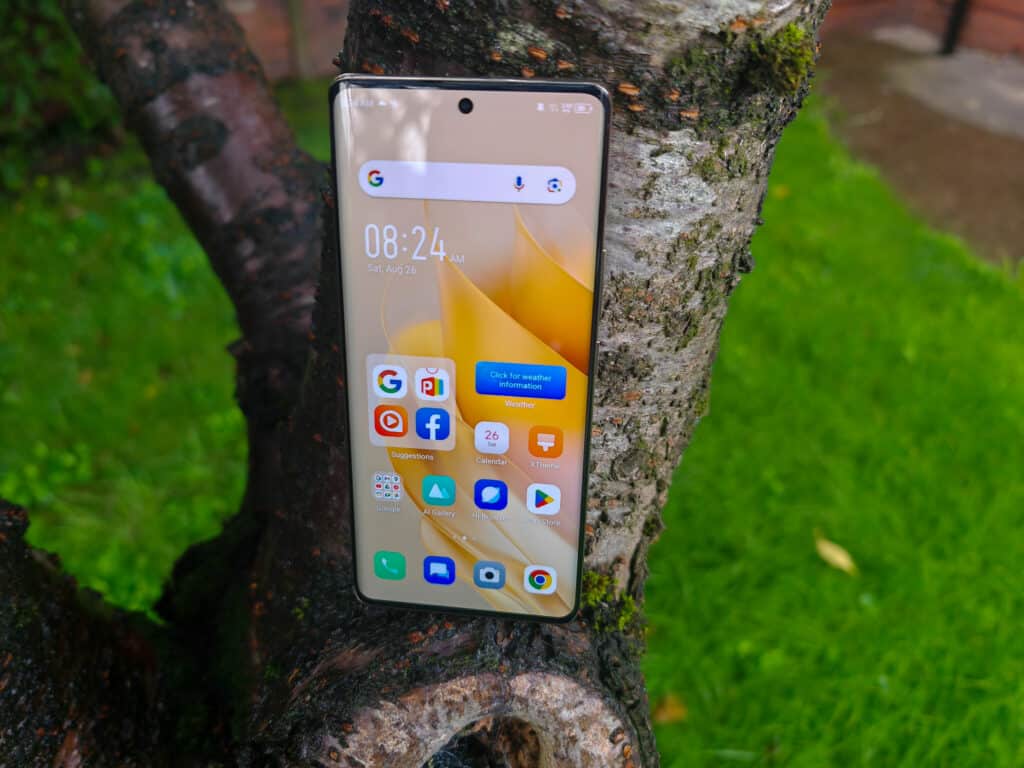
The Infinix Zero 30 comes with a curved 6.78-inch AMOLED display that has a 144Hz refresh rate.
The 10-bit display features a DCI-P3 colour gamut and calibration algorithm, ensuring exceptional colour accuracy. The display has a peak brightness of 950 nits, a 10,000,000:1 contrast ratio, and high brightness mode, which claims to guarantee clarity even in outdoor settings. Additionally, the display incorporates 2160Hz PWM dimming and an eye-care mode (TUV Rheinland Certified) to minimize visual fatigue and discomfort caused by extended screen usage.
The curved display allows the phone to achieve a 92.7% screen-to-body ratio.
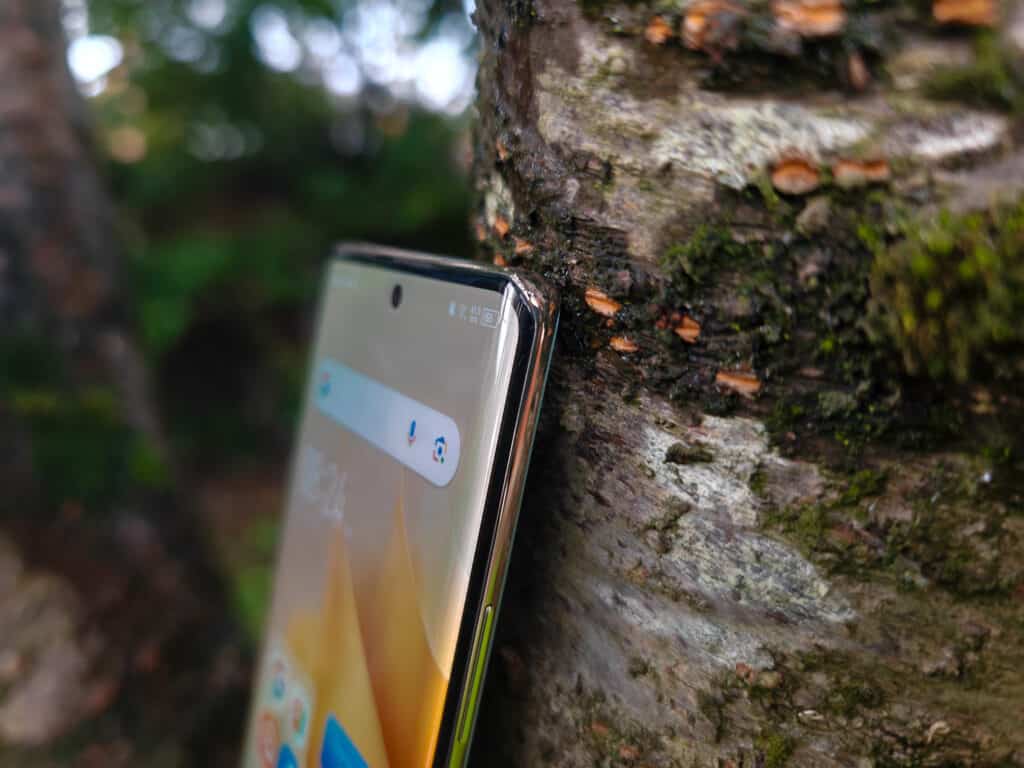
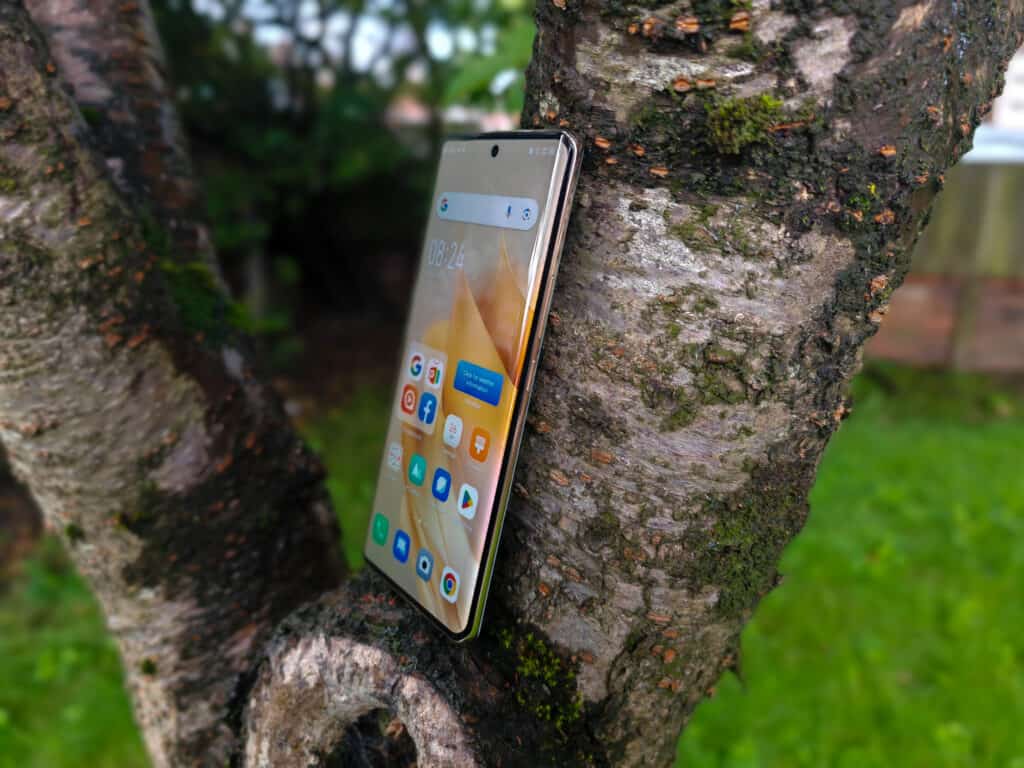
I received the Rome Green colourway, and there are Golden Hour and Fantasy Purple colour options.
The underlying design of this phone is essentially the same as the Zero Ultra, with the most noticeable difference being the overall colour scheme. Infinix has embraced quite extravagant colour schemes for their phones, and the Zero 30 is no different. I am fond of the textured green back (some may call it vegan leather), and I think the gold trim around the edges works well. The camera module is perhaps a little gaudy for my tastes, but there is no denying that it is a bit different from the generic designs and colours of bigger brands.
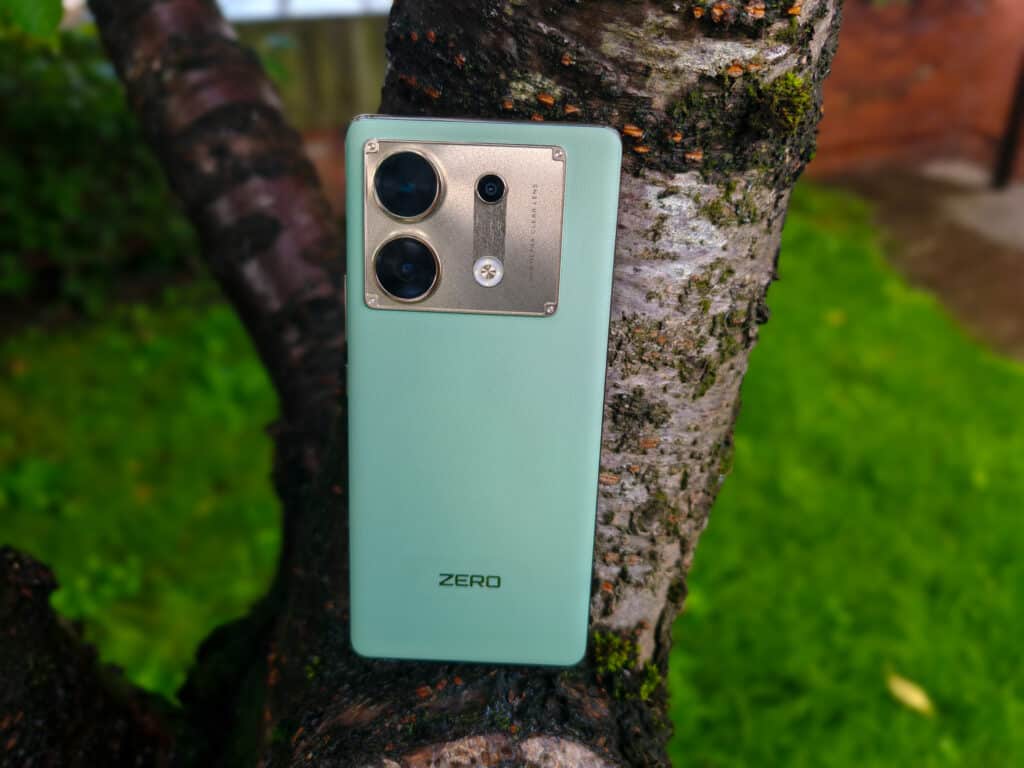
The display is excellent. It undeniably looks better than the flat display on the Note 30 VIP, but I can appreciate why many people prefer flat displays as it reduces mistouches.
The 950 nits peak brightness allows the display to be just about visible outside in bright daylight. When I was testing the camera on a sunny day, I struggled to see the UI, but it was far from the worst experience I have had. My Honor Magic5 Pro was much easier to use but has an 1800 nits peak and costs more than double that of this phone.
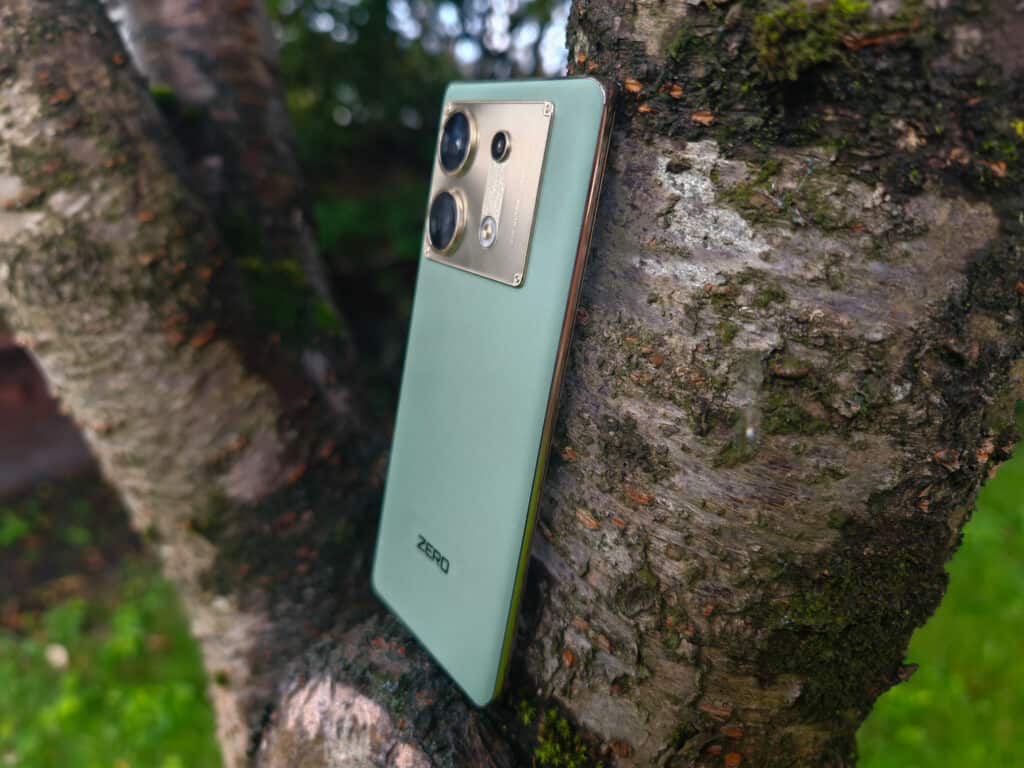
One thing worth noting is that this is IP53-rated. It is not a great IP rating, but I think it is the first time I have used an Infinix with an IP rating at all, and it gives me some reassurance it won’t die if I get it wet when out walking/running.
Camera
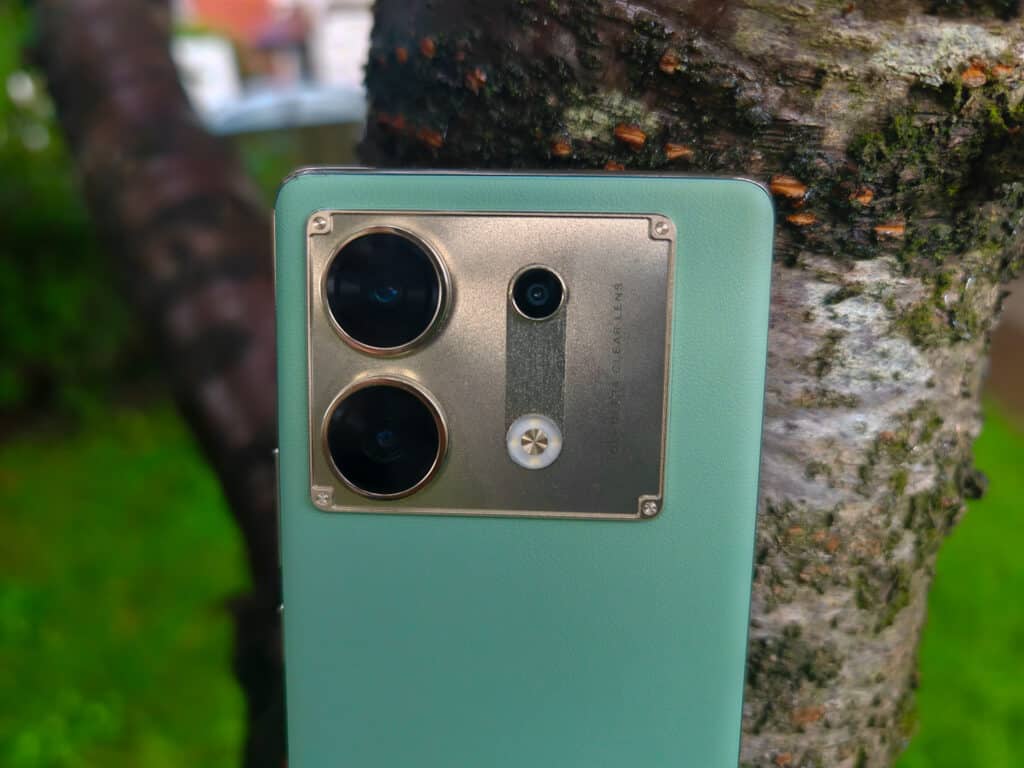
One of the selling points of this phone is that it features a front-facing camera with a 50MP resolution that is capable of 4K 60FPS. Many more expensive phones will limit the front-facing camera to 1080P 30FPS. My Magic5 Pro tops out at 4K 30FPS.
Then, on the rear is the 108MP Samsung ISOCELL HM6, which has a sensor size of 1/1.67″ and a large F1.65 aperture, capturing more light for sharp and clear photos. This is the same camera sensor used on the Note 30 VIP and the GT 10 Pro.
The photo quality from the primary rear camera is generally good and almost the same as the GT 10 Pro & Note 30 VIP.
One upgrade compared to those phones is that this benefits from both OIS and EIS technologies to ensure stable image capture for photography and video.
For video, the rear camera can go up to 4K 60FPS, but if you want to use things like ultra steady, it will revert back down to 1080P 30FPS.
Low-light performance is what you would expect from a phone at this price point. There is no dedicated image processing chip, so it won’t perform as well as most premium phones. It has a dual micro-slit flash that claims to provide superior low-light performance, but I try to avoid using a phone flash whenever possible.





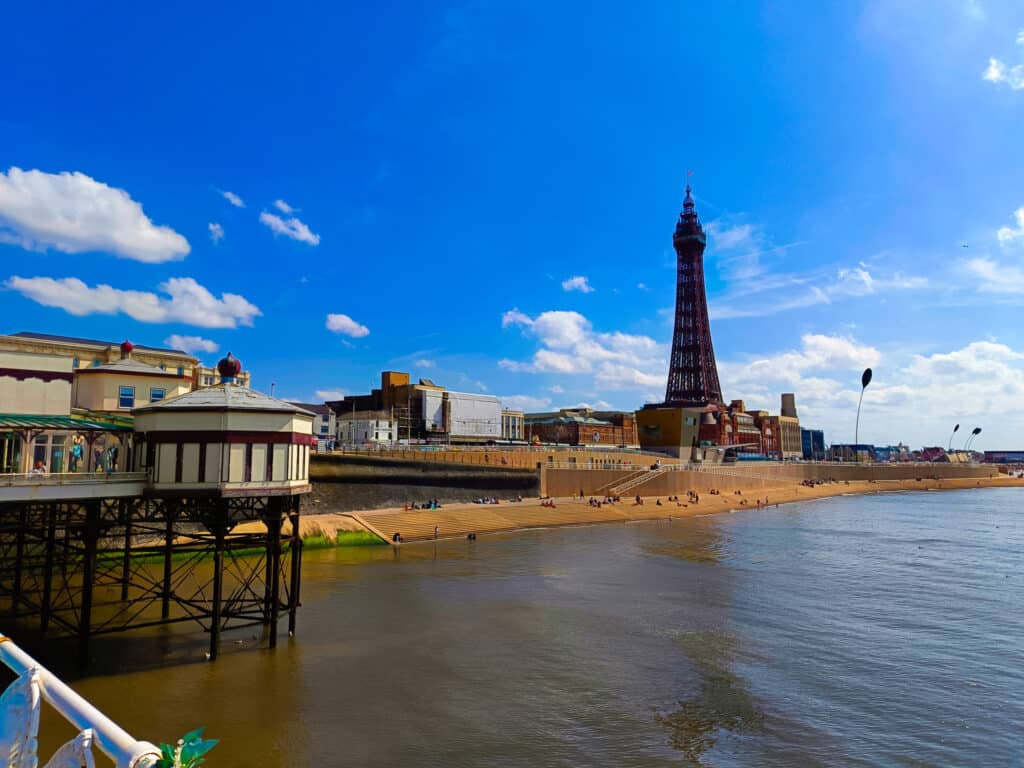

Performance & Benchmarks

The Zero 30 uses the MediaTek Dimensity 8020 chipset, which is manufactured on the 6nm fabrication process and consists of:
- 4×2.6 GHz Cortex-A78
- 4×2.0 GHz Cortex-A55
- Arm Mali-G77 MC9
I have done a more detailed review of the Dimensity 8020 benchmarks in relation to the Dimensity 920 featured on the Zero Ultra and the Dimensity 8050 that has been used on the recent Note 30 VIP and GT 10 Pro.
It is a bit odd that Infinix decided to put a slightly lower spec chipset in the more expensive Infinix Zero 30 vs the affordable Note 30 VIP and GT 10 Pro. However, my benchmarks indicated that there was not much difference in the overall performance.
Importantly, the chipset in this phone is substantially better than the Dimensity 920 from the Zero Ultra. I felt the 920 was underpowered for the price that Infinix wanted for the phone, and now I feel like it is more balanced.
Day-to-day performance is flawless; the chipset provides all the processing power you would want, and the 144Hz display makes everything buttery smooth and ultra-responsive.
XOS Android UI / Folax ChatGPT AI Voice Assistant
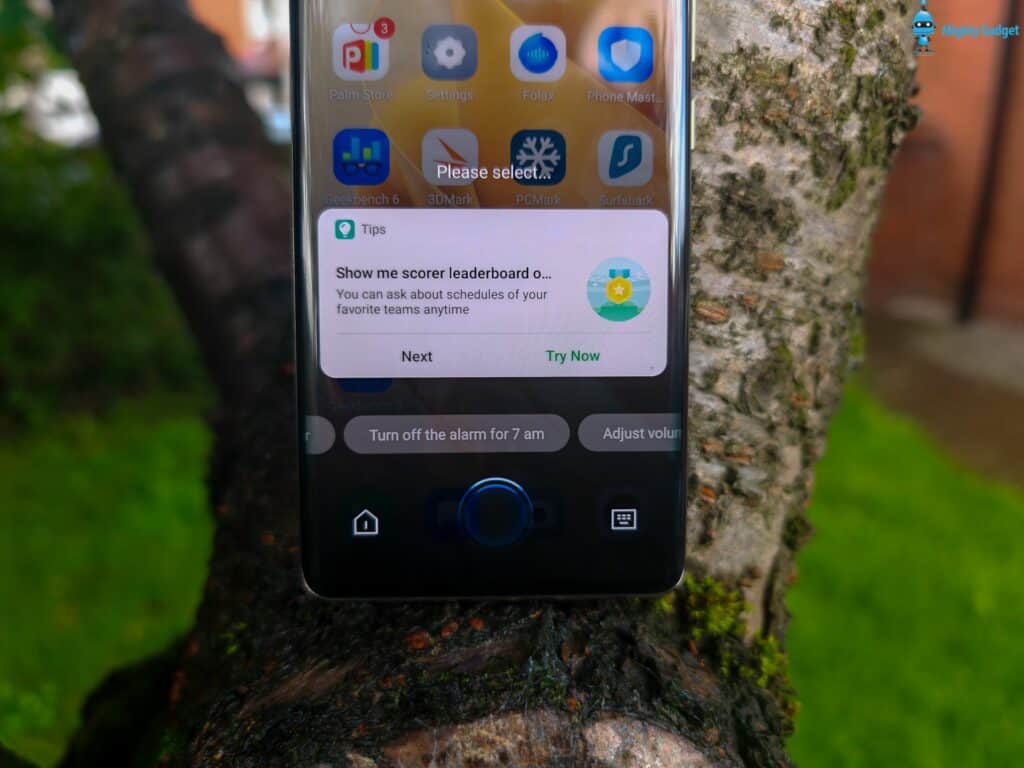
Running on XOS 13, built upon the latest Android 13, it introduces an enhanced Folax voice assistant powered by ChatGPT.
Similar to Alexa and Google, this can be activated via voice saying “Hi Folax” or you can use the power key to bring up the assistant.
I think using ChatGPT to create your own AI assistant is a clever idea as it surely bypasses the considerable R&D to develop such a tech. However, it is not as deeply integrated as the likes of Google Assistant. It struggles to carry out some functions, for example, I struggled to get it to load up the browser and search for Mighty Gadget. However, it does work well with other apps. I was able to ask it to navigate to Manchester, and it loaded up Google Maps.
As far as the rest of the XOS UI goes, I have grown quite accustomed to it and experienced no glitches. The UI seems quite similar to MagicOS 7.1 on my Honor, including the way you can slide down from the left and right of your notification bar for either notifications or shortcuts.
Similar to the other Infinix phones, there are a handful of included apps that appear to be native to XOS, which includes:
- Hi Browser
- AHA Games
- Carlcare
- Folax
- My Health
- Mobile Cloner
- Palm Store
- Visha Player
- We Zone
- WOW FM
- XTheme
None of these apps can be uninstalled, but you can disable them, not that I have felt the need to, as they are not intrusive to daily usage. The only other additional app is WPS Office, which is an acceptable addition. There is no other bloatware, which is quite impressive for an affordable brand.
Battery
The Zero 30 comes with a healthy-sized 500mAh battery, which is 11% bigger than its predecessor. It sacrifices the insanely fast 180W hypercharge in favour of 68W.
I have had no problems with the battery life at all; as long as I don’t spend ages playing games, this easily gets through a full day of moderate usage with plenty of battery to spare.
Just like the Note 30 VIP, the best-wired charging speed I could achieve with a third-party power delivery plug was 45W.
The spec states the included charger achieves 68W using 11V and 6.2A. Power Delivery 3.0 only allows a maximum current of 5A, and my USB power meter indicated it taking a charge from my Ugreen PD charger of up to 9.62V and 5A.
What is odd is that when I used the official charger plugged into my Bluetti EB3A, the power station recorded an output of 110W to start with and then settled down to 80W. I am unsure if this is the power station reporting the wrong number or the charge and phone pulling much more power than advertised.
Regardless of the above, I am happy with 45W power delivery charging and faster charging via the official charger.
Price and Alternative Options
At the time of writing, I haven’t been provided the official RRP.
The Infinix Zero Ultra launched at $520 (£470/€530).
The Infinix Note 30 VIP launched at $299.
Considering that the Zero 30 has a similar specification to the Note 30 VIP but with a lower spec selfie camera, no ultra-wide and a flat display, I would hope that the price of the Zero 30 isn’t significantly higher.
Similar to my other Infinix reviews, I wouldn’t expect this to launch in the UK.
Overall
I have been impressed with all the recent Infinix phones. They seem to be trying to do what Realme / Xiaomi did a few years ago by launching phones with a significantly higher specs than you would expect for the price. The Infinix Note 30 VIP has been the stand-out phone for me. It may not be the prettiest, but it is a fantastic spec for the price.
The Infinix Zero 30 takes most of what the Note 30 VIP had, and gives it a makeover with superior build quality, a premium curved AMOLED display and improved camera configuration. However, there is no wireless charging and a slightly inferior chipset.
As I don’t know the RRP yet, it is hard to say if the Infinix Zero 30 is good value for money. It is undeniably a better phone than the Note 30 VIP, but if it is significantly more expensive, I am not sure the relatively small improvements would justify the cost.
Infinix ZERO 30 5G Review
Summary
The Infinix Zero 30 takes most of what the Note 30 VIP had, and gives it a makeover with superior build quality, a premium curved AMOLED display and improved camera configuration. However, there is no wireless charging and a slightly inferior chipset. Overall it is a great phone, but as I don’t know the RRP at the time of writing, I have given it a preliminary rating which could go either way depending on the price.
Overall
80%-
Overall - 80%80%
Pros
- Big upgrade in performance vs Zero Ultra
- More attractive and has better build quality than the Note 30 VIP
- Better camera specification including high high-quality 50MP selfie camera and OIS on the rear camera
Cons
- No wireless charging
- Overal specification is not significantly better than the affordable Note 30 VIP
I am James, a UK-based tech enthusiast and the Editor and Owner of Mighty Gadget, which I’ve proudly run since 2007. Passionate about all things technology, my expertise spans from computers and networking to mobile, wearables, and smart home devices.
As a fitness fanatic who loves running and cycling, I also have a keen interest in fitness-related technology, and I take every opportunity to cover this niche on my blog. My diverse interests allow me to bring a unique perspective to tech blogging, merging lifestyle, fitness, and the latest tech trends.
In my academic pursuits, I earned a BSc in Information Systems Design from UCLAN, before advancing my learning with a Master’s Degree in Computing. This advanced study also included Cisco CCNA accreditation, further demonstrating my commitment to understanding and staying ahead of the technology curve.
I’m proud to share that Vuelio has consistently ranked Mighty Gadget as one of the top technology blogs in the UK. With my dedication to technology and drive to share my insights, I aim to continue providing my readers with engaging and informative content.

